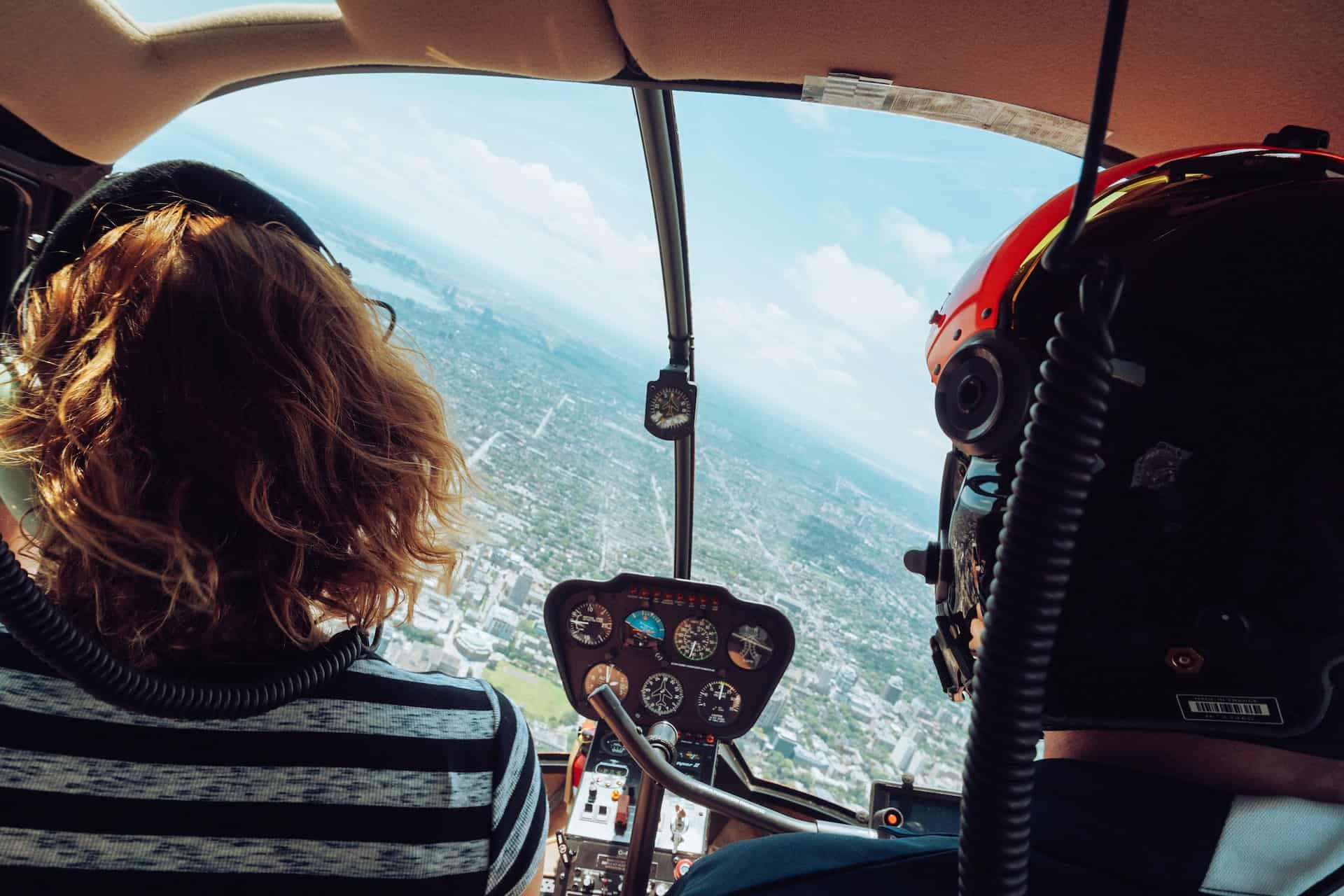The Woman Who Risked It All: Amelia Earhart
Amelia Earhart was one of the most prolific aviators in history. But she didn’t just fly planes – she broke records and challenged social norms. From her humble beginnings to her tragic end, Amelia Earhart was a woman who indeed risked it all in pursuit of her dreams. Read on to learn more about this incredible woman and her mark on history.
Amelia Earhart’s early life and aviation career
Amelia Earhart was born in 1897 in Atchison, Kansas. She was the daughter of a railroad attorney and a suffragette, and she grew up hearing stories of adventure and exploration. When she was seven years old, she saw her first airplane at an air show and begged her father to take her for a ride. From that moment on, she was hooked on flying.
Earhart began taking flying lessons in 1923 and, shortly after that, bought her airplane, which she named The Canary after her favorite bird. She quickly became known as a daredevil pilot, setting records for altitude and distance. She broke the world record for a solo trip when she flew from Los Angeles to New York City two years after becoming the first woman to fly over the Atlantic in 1928.
Amelia Earhart’s 1937 flight around the world
In 1937, Amelia Earhart undertook a flight worldwide in a Lockheed Electra 10E. The trip did not go smoothly. The plane had mechanical problems and had to make several stops that were not planned. Nevertheless, Earhart persevered and became the first woman to circumnavigate the globe by aircraft. Her courage and determination continue to inspire people today.

Amelia Earhart’s mysterious disappearance
The world was shocked when famed aviator Amelia Earhart mysteriously disappeared while flying over the Pacific Ocean in 1937. Earhart was a trailblazer in the aviation industry and her disappearance sparked much speculation. Some think she ran out of fuel and crashed into the water, while others think she may have died after landing on a remote island. The true story of her disappearance may never be known, but her legacy continues to inspire people around the world.
The theories about what happened to Amelia Earhart
There are three primary theories about what happened to Amelia Earhart: that she crashed and died in the ocean, that she landed on a remote island, or that the Japanese captured her.
The first theory that she crashed and died in the ocean is supported by the fact that no wreckage from her plane has ever been found.
The second theory that she landed on a remote island is supported by the fact that some of Earhart’s belongings were found on an uninhabited island in the South Pacific.
The third theory that the Japanese captured her is supported by the fact that Earhart was last seen in an area controlled by the Japanese.
Amelia Earhart was an extraordinary woman who broke through barriers and defied expectations. She was a true pioneer in the field of aviation, and her courage and determination continue to inspire people all over the world. Her story is one of inspiration and optimism, and it serves as a reminder that, if you put your effort to it, anything is possible.

















































